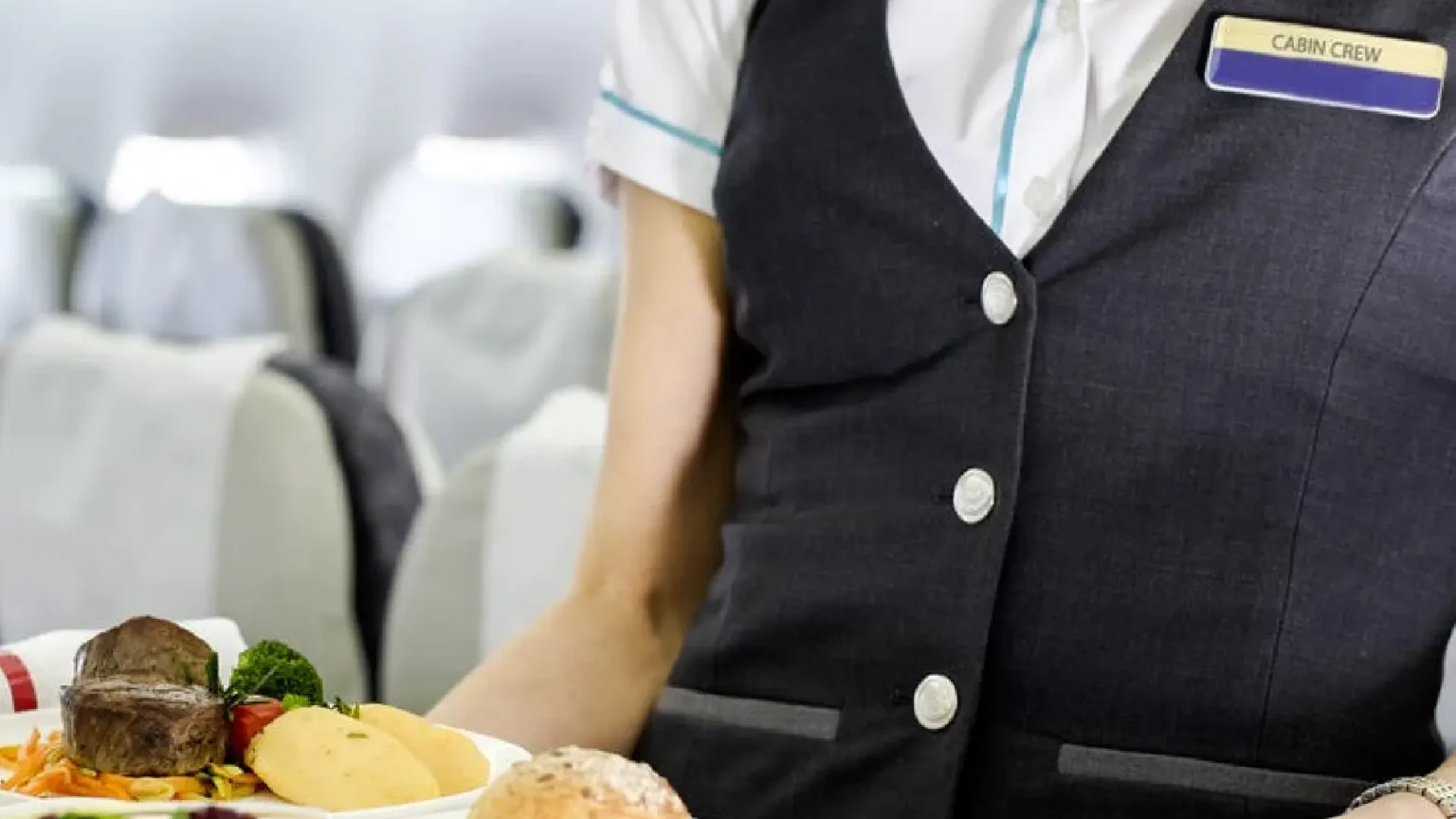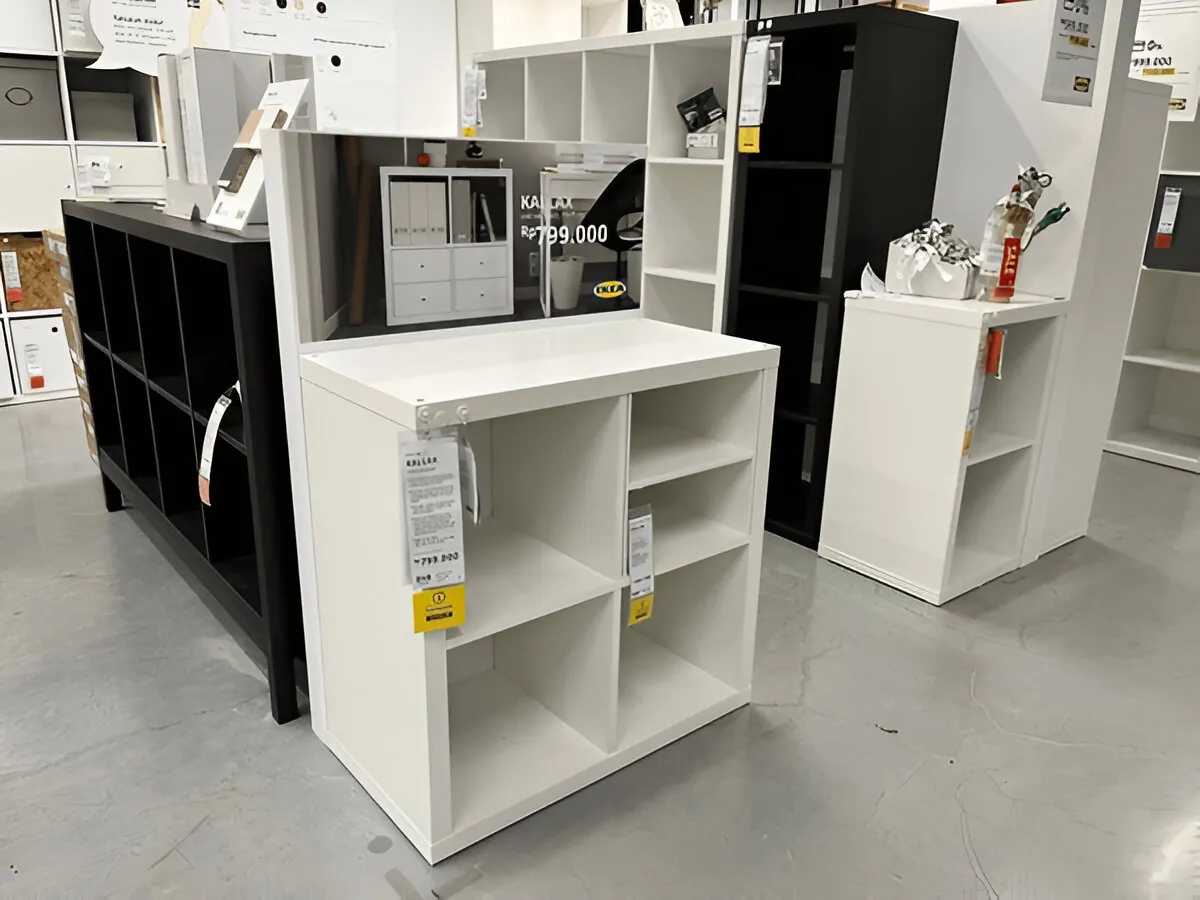
Standing for long hours on a hard floor might seem harmless, but it slowly takes a toll on the body. Workshop operators, mechanics, and craftsmen usually suffer the pains that accumulate with time. It begins with aching feet, then proceeds to aching knees and finally, causes back and leg fatigue. What is usually regarded as a normal aspect of the job is really an avoidable strain due to ineffective flooring.
The solution lies in understanding ergonomics at ground level. Floors may seem stable and solid, yet they lack cushioning; the muscles have to stay tense. Such constant tension does not allow proper circulation and all this results in fatigue and long-term discomfort. A fatigue mat can help address that problem. It provides a cushioned, slip-resistant surface that allows natural micro-movement to take place and enhances comfort and muscle strain is minimized. Comfort is not a luxury; it is an important aspect of safety and output.
The Science Behind Standing Fatigue
To understand why workers wear themselves out so fast, one can have a look at how the body works under pressure. When a person stands still for long periods, blood pools in the lower limbs. The muscles in the legs and feet contract continuously to maintain balance. Over time, such muscles lose oxygen, become stiff, and fatigue sets in.
Occupational health researchers have repeatedly linked prolonged standing with a range of health problems. These are lower back pain, swollen feet, varicose veins and just total fatigue. Ergonomic research indicates that the comfort level of a typical worker who is standing on hard concrete can reduce by 20 to 30 per cent in two hours.
A small but significant mechanism that explains why cushioning is important: micro-movements. Cushion surfaces make the body take little, unconscious postural changes. Such motions will initiate the leg and calf muscles and maintain a blood flow, alleviating the strain. The outcome is enhanced comfort, increased alertness, and reduced number of injuries.
In cases where hard and unforgiving flooring is used by the workshop, the workers have to struggle against gravity and have no shock absorber. Eventually, burnout turns out to be the productivity killer. It is plain science that the energy used lying down in pain is energy stolen out of concentration and precision.
What Makes a Fatigue Mat Effective
Not all mats are built the same. The mat has to be balanced in terms of cushioning, support, and longevity to decrease fatigue. The following is a brief comparison that points out the difference between a high-quality mat and a basic mat.
| Feature | Low-Quality Mat | Ergonomic Fatigue Mat |
| Material | Thin foam or PVC | Industrial-grade rubber or polyurethane |
| Support | Too soft or uneven | Balanced firmness and rebound |
| Surface Grip | Slippery when wet | Textured and non-slip |
| Edges | Curl up over time | Bevelled edges to prevent tripping |
| Durability | Wears quickly | Designed to resist oils, chemicals, and abrasion |
| Comfort Level | Short-term relief only | Long-term ergonomic support |
Each material plays a specific role. Polyurethane mats are also durable with extra properties of bouncing back under the pressure and retaining their shape. Rubber mats are also of the advantage of anti-slip and chemical resistance which is suitable in automotive or metal workshops. A proper mat would also not allow any sliding and curling, hence ensuring workstations are clean and safe.
Thickness matters too. A mat that is too thin will not cushion adequately whereas one that is too thick will make the person unstable. The optimum fatigue mat is a combination of soft and firm to achieve slight movement on the foot without losing balance.
The shock is not absorbed only by the right mat, it also conforms to movement. Such flexibility assists workers to sustain their posture which alleviates the amount of stress on the spine and joints. In the long run, the discrepancy can be observed in the form of energy levels and injury reduction rates.
Tangible Benefits in Workshop Environments
The impact of fatigue mats isn’t limited to comfort. In workshops where ergonomic flooring is given importance, positives are felt that spread like a wave throughout the entire work practice.
Key benefits include
- Reduced physical strain: Workers experience fewer aches, pains, and fatigue after long shifts.
- Improved productivity: Comfortable employees maintain focus longer and make fewer mistakes.
- Enhanced safety: Mats provide anti-slip protection in oil-prone or wet areas.
- Higher morale: Comfort contributes to job satisfaction and retention, particularly in labour-intensive roles.
- Floor protection: Mats safeguard flooring from scratches, spills, and heavy equipment.
A mat to combat fatigue basically serves as an ergonomic enhancement of the overall workplace. It consists of adjusting the environment so that the workers do not have to adapt to the hard surfaces. In the case of most businesses, this slight modification will lead to apparent productivity improvements and reduced sickness days.
In addition to the physical benefits, there is also the mental one. Once the fatigue is minimized, employees remain more vigilant. They are more detailed and the quality of their productions is better. Comfort is also an issue in craftsmanship in a situation where accuracy is important such as automotive repair or woodworking.
Other employers are reluctant to invest in ergonomic mats thinking that they are a mere periphery. They are a safety device. The mat will help a healthier, more sustainable work rhythm in particular industries where one has to stand all day.
Common Mistakes When Choosing a Fatigue Mat
Selecting the right mat isn’t as simple as picking one that looks sturdy. The mistakes that the workshop owners commit tend to restrict the benefits of a mat. The following is a brief list of what may go wrong and how it can be prevented:
- Choosing the wrong material: Foam mats might work in dry office spaces, but workshops often deal with oil, grease, or metal shavings. Always select mats made from chemical-resistant rubber or polyurethane.
- Ignoring thickness and density: A mat that’s too soft makes workers feel unstable. One that’s too firm won’t relieve pressure. Aim for a medium-density surface that provides rebound and balance.
- Overlooking safety edges: Flat or curled edges can cause trips. Look for bevelled or chamfered edges that sit flush with the floor.
- Buying a one-size-fits-all mat: Workshop layouts vary. Measure each workstation, especially around benches and tools, to ensure proper coverage.
- Skipping regular cleaning: Even the best mats lose traction when coated with dust or oil. Regular maintenance preserves both comfort and safety.
Fatigue mats are the components of safety system of the workshop when chosen accordingly. The poor selection of them gives the illusion of comfort, but not genuine support.
A useful tip is to evaluate mats based on the tasks performed in the space. For instance:
- Mechanics benefit from oil-resistant rubber mats with deep surface textures.
- Carpenters might prefer mats with softer cushioning to reduce impact when standing near benches.
- Metalworkers need fire-resistant mats that can handle sparks and heavy foot traffic.
Matching the mat to the task ensures durability and effectiveness.
Why Comfort Equals Long-Term Efficiency
Comfort has a direct impact on the performance, thinking, and reaction of people. Where precision and endurance are needed, as in a workshop, comfort is not an option, but a necessity. Employees that are standing on the hard and unforgiving floors tend to have slower reaction process, error due to fatigue and lack of concentration. The body is the reflection of the mind; when the body hurts, the mind goes as well.
An appropriate fatigue mat provides the environment of long-term productivity. The muscles act in the direction they were supposed to work. There is improved movement of blood and oxygen level is maintained. Throughout an eight hour shift, the difference is significant. Unlike experiencing a midday slump, employees are not fatigued and disorganized.
This is business-wise equivalent to quantifiable benefits. There is less and less need of breaks, less and less injury, less and less production mistakes due to either distraction or discomfort. In the long run, the morale and low absenteeism are stabilised. Comfort does not only serve as a gesture of benevolence, but a long-term productivity measure.
This is supported by scientific observations. Ergonomic researches always indicate that human comfort workplaces have higher-output and reduced staff turn-over. Small physical measures such as the installation of fatigue mats may result in huge economic changes in an industry where margins are low.
It also displays leadership values. The message sent by workshop managers who are concerned about ergonomics is the following: the health of their team is important. Any message that increases trust and motivation is much more effective than any wall slogan. A comfortable worker is an efficient worker, and efficiency drives growth.
Is Your Workshop Built for Comfort and Safety?
Workshops are built to create, repair, and innovate—but they should also be built for the people who power them. Take a look around your space. Are employees working on bare concrete? Do they move legs up and down to be comfortable? Are slow productivity gains attributed to physical tiredness as compared to competence or effort?
All these problems can be solved by a mere change at the ground level. High quality fatigue mats are cheap to install and can be used to ensure health of the staff, increase efficiency and keep the level of safety standards high. Comfort is not a luxury, it is the principle of sustainable performance.
Any workshop that becomes successful is one where the team can collaborate effectively without necessarily having to strain physically. The ergonomic design begins at the point of contact of feet with the floor. If your goal is to create a safer, more efficient environment, start with something as simple as the ground beneath your feet. A fatigue mat may seem like a small detail, but science proves that the smallest changes often bring the biggest results.













